Donatello, big exhibition kicks off at Palazzo Strozzi and Bargello
From March 19, 2022, to July 31, 2022, in Florence, Palazzo Strozzi and the Bargello Museums are hosting the exhibition Donatello, the Renaissance, an exhibition that aims to reconstruct the career of one of the most important and influential masters ofItalian art of all time, Donatello (Donato di Niccolò di Betto Bardi; Florence, 1386 - 1466) in comparison with masterpieces by artists of his contemporaries such as Filippo Brunelleschi and Masaccio, Andrea Mantegna and Giovanni Bellini, but also later artists such as Raphael Sanzio and Michelangelo Buonarroti. The exhibition, curated by Francesco Caglioti, is one of the leading cultural events of 2022 and aims to broaden the reflection on this revolutionary artist in materials, techniques and genres. Supreme sculptor of the 15th century and favorite of the Medici family, along with Brunelleschi and Masaccio, Donatello initiated the extraordinary season of the Renaissance, proposing new ideas and figurative solutions that have forever marked the history of Western art. Through his works Donatello regenerated the very idea of sculpture, with a unique power of vision in which he combined discoveries about perspective and a thoroughly modern concept of humanity. The human dimension of Donatello’s art embraces in all their depth the most diverse forms of emotions, from sweetness to cruelty, from joy to the most heartbreaking pain.
Donatello, the Renaissance hosts about 130 works of sculpture, paintings, and drawings with unique loans, some of them never before granted, from nearly sixty of the world’s most important museums and institutions such as the National Gallery of Art in Washington, the Metropolitan Museum of Art in New York, the Victoria and Albert Museum and the National Gallery in London, the Muséand du Louvre in Paris, the Staatliche Museen in Berlin, the Kunsthistorisches Museum in Vienna, the Uffizi Galleries, the Basilica of St. Anthony in Padua and the Florentine basilicas of San Lorenzo, Santa Croce and Santa Maria Novella.
Few artists have so profoundly marked the art of the 15th century as Donatello, a sculptor and architect who became an indispensable reference for entire generations of artists with whom he developed and generously shared his knowledge. His work is characterized by an unusual breadth of geographical influence that spreads from Tuscany to the Veneto, Marche, Rome and Naples in a way comparable only to Giotto or, later, Raphael, Michelangelo and Bernini. His modern and transgressive spirit drove him to continually question himself, creating a style that was always unpredictable and challenged the fashions and taste of the time: an artist who started from the distant Antiquity and Middle Ages to arrive at a new way of seeing and understanding the world. Over the years, Donatello’s art became increasingly characterized by intense pathos and research into the psychology of his subjects, such that he involved the audience in an almost existential reflection. The artist creates compositions that combine fidelity to the observation of reality along with a profound appropriation of past models. His story is one of the broadest and most multifaceted phenomena in art history because it is founded on a continuous succession of achievements and overcoming. Extraordinary in Donatello’s art is his ability to use different materials in works that combine preciousness, lyricism and humanity. Donatello employs marble, stone, bronze, terracotta, wood, stucco, embossed copper, papier-mâché and glass paste and ceramics, often in polymateric works, and always achieving extraordinary expressive effects. A distinctive means of his way of proceeding is the so-called “schiacciato” or “stiacciato,” that is, a relief with minimal variations from the background to suggest an illusion of perspective depth through numerous and very subtle degrees of thickness.

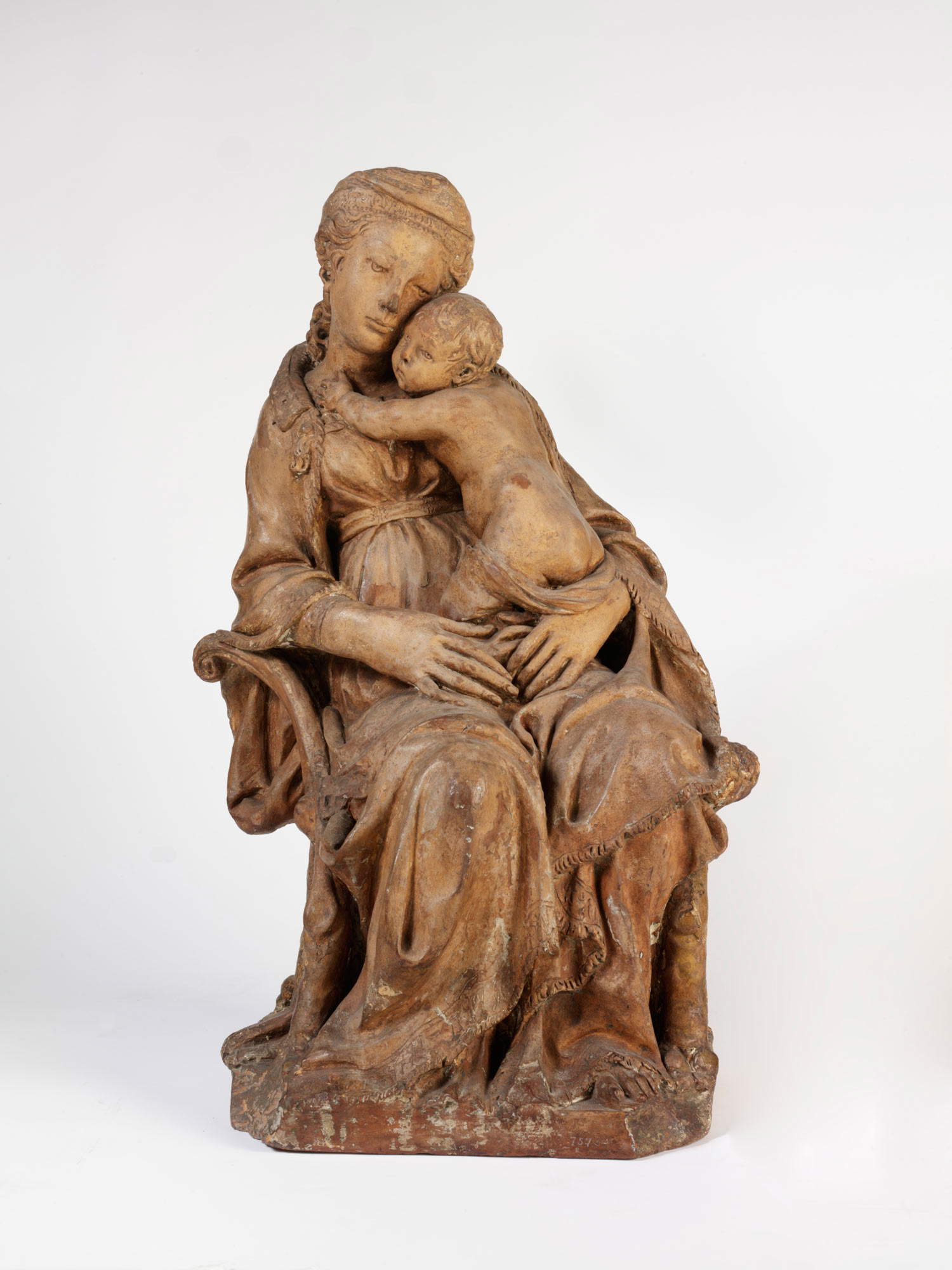
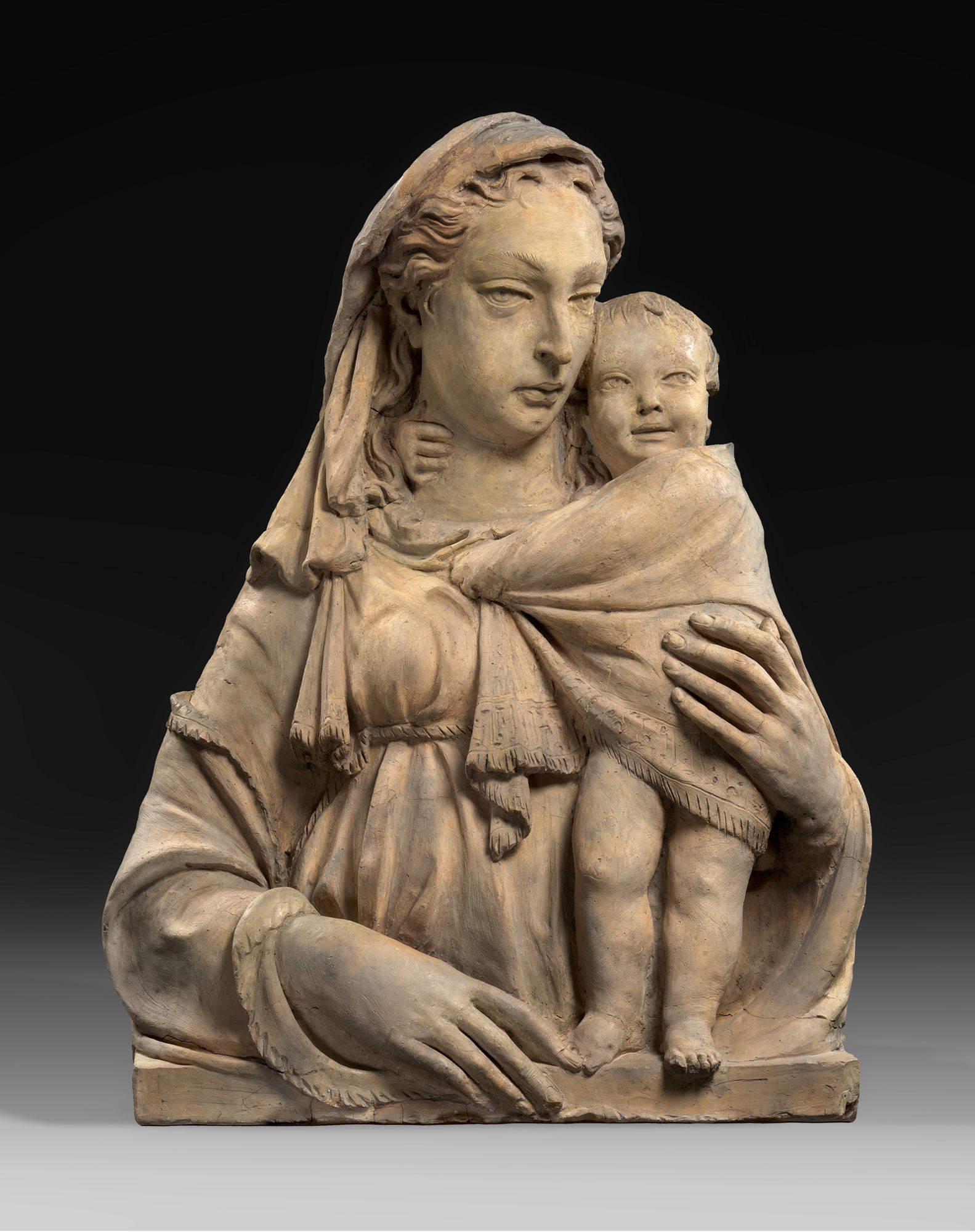
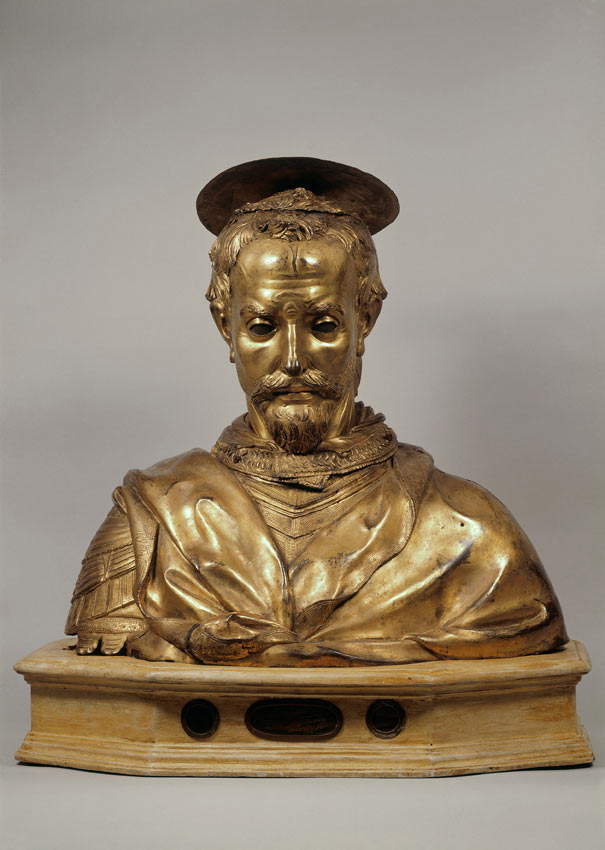
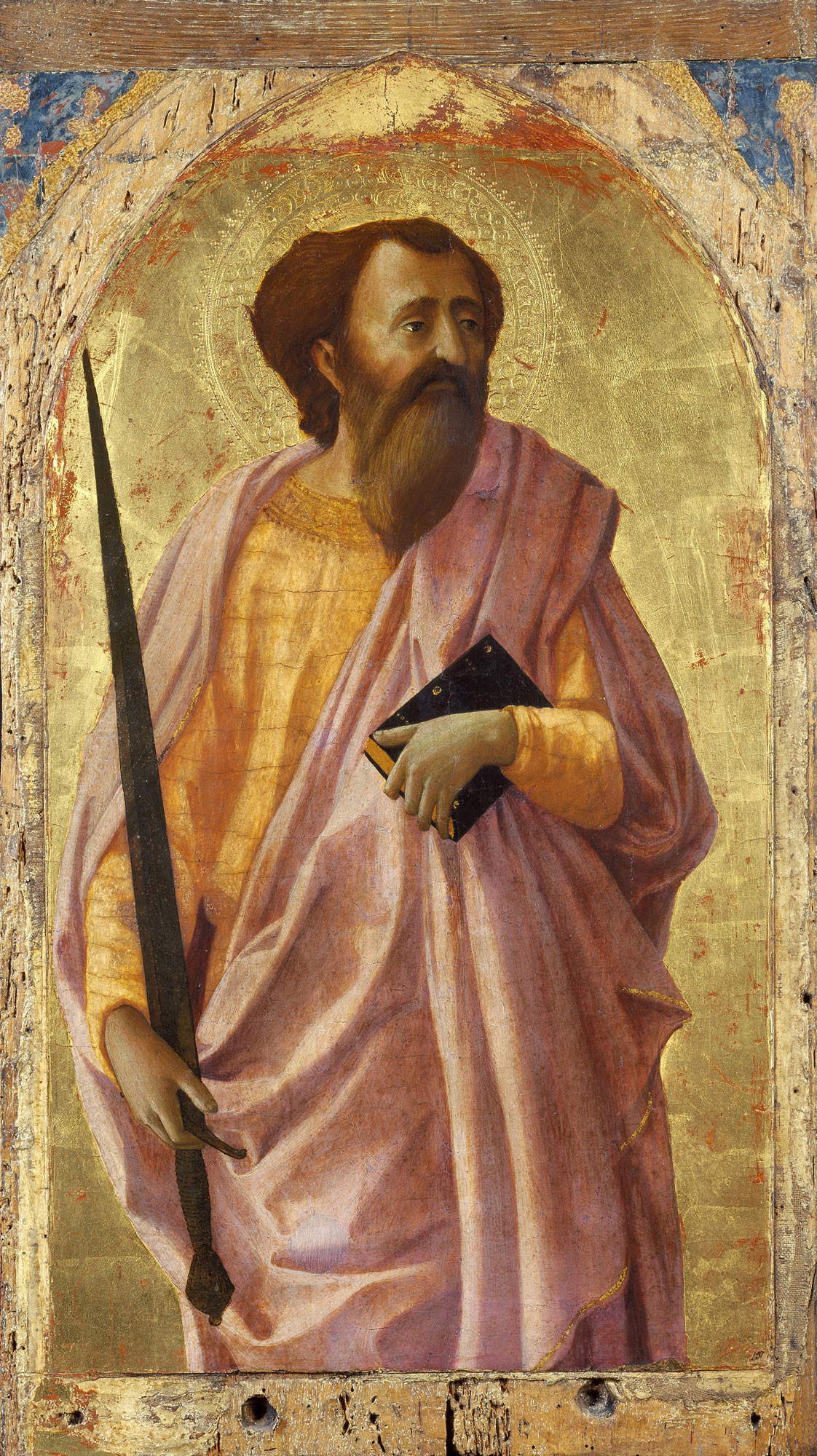
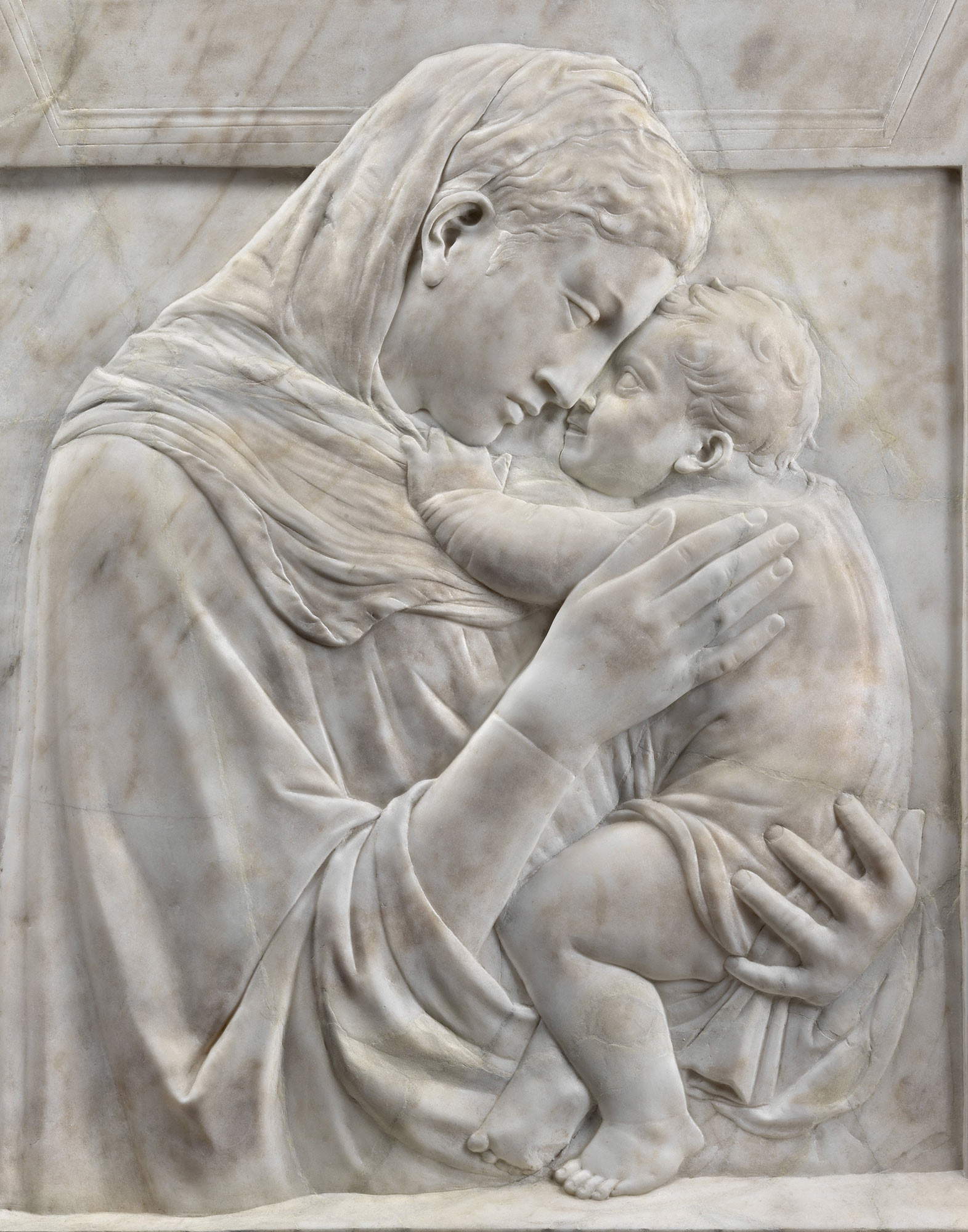
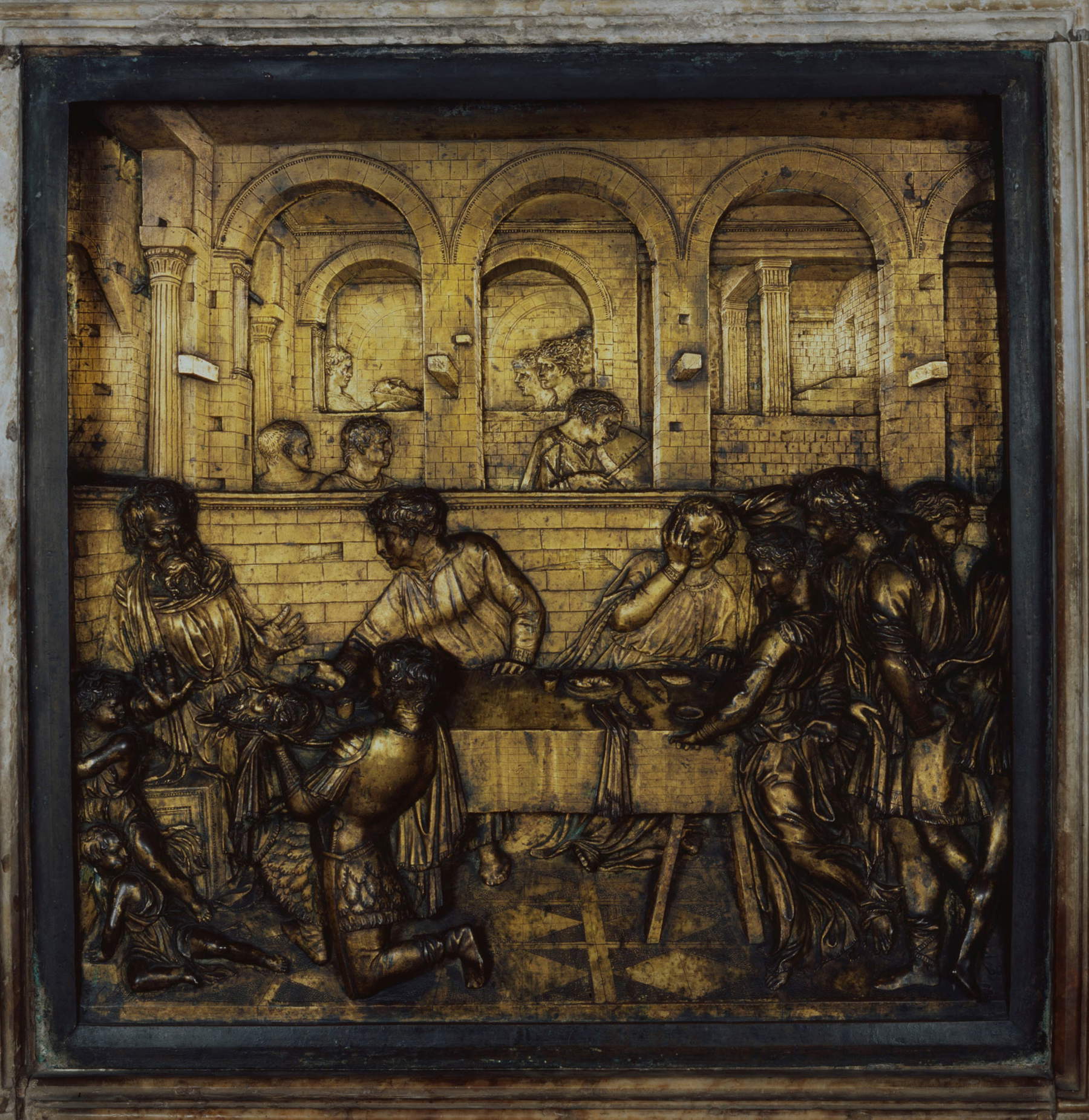
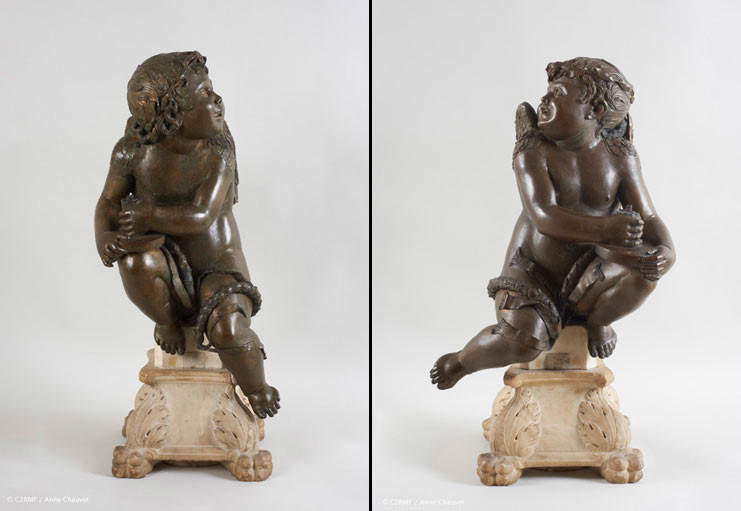
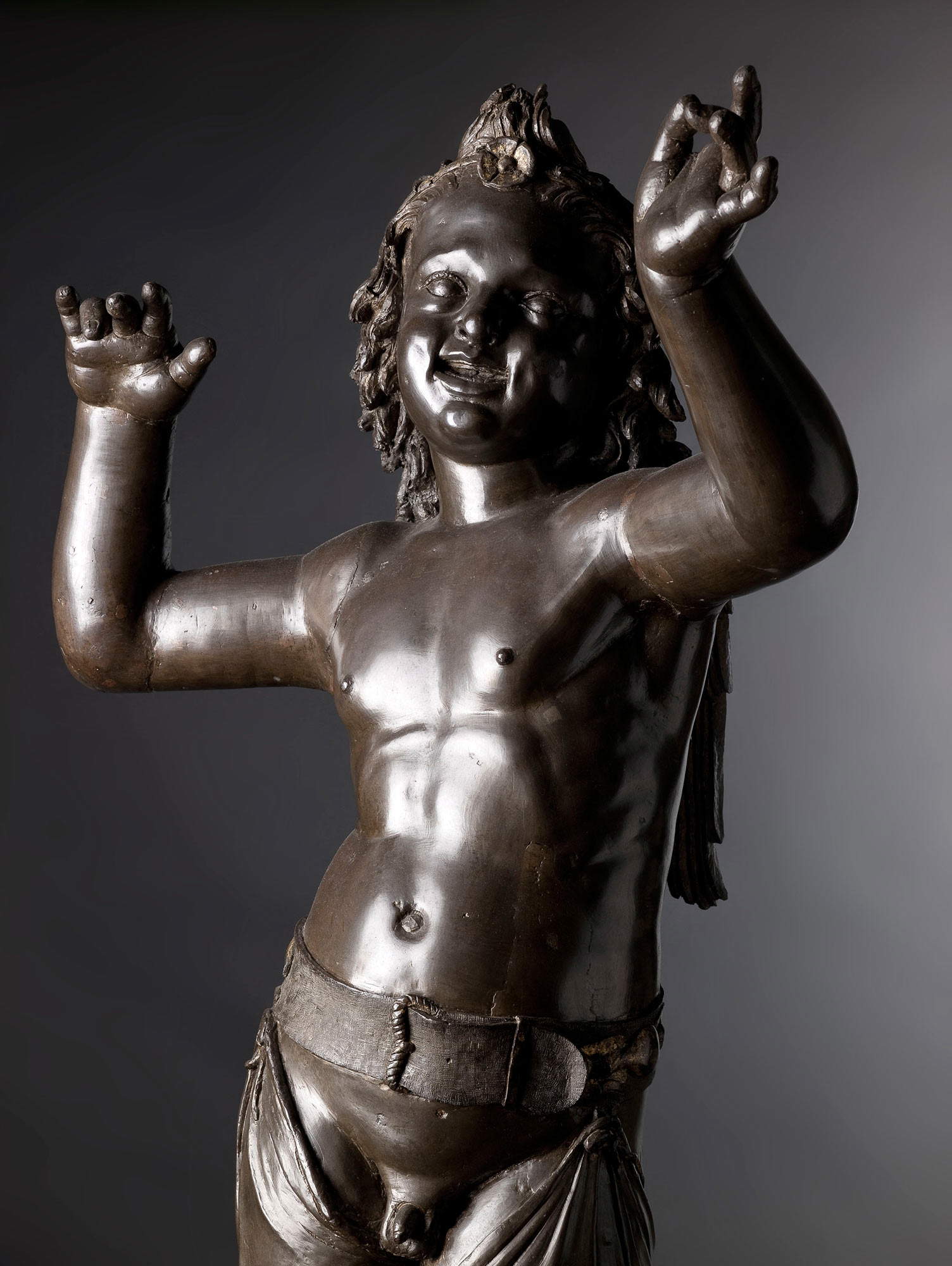

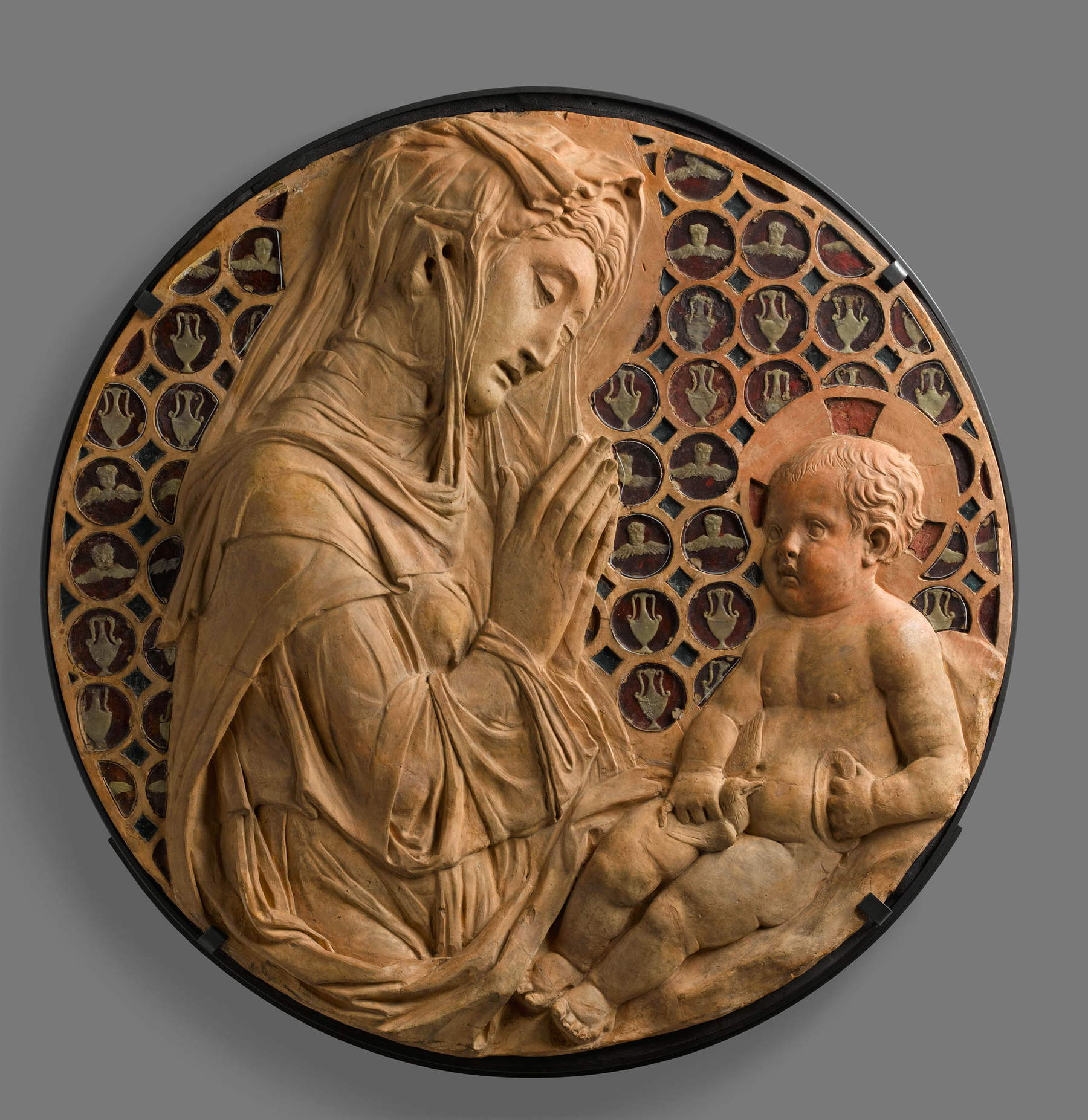
Spread over two venues, Palazzo Strozzi and the Museo Nazionale del Bargello, the exhibition aims to offer the public a journey through Donatello’s life and fortune divided into fourteen sections. It begins with the beginnings and the dialogue with Brunelleschi, proposing a comparison between the two famous wooden crucifixes from the Basilica of Santa Croce and that of Santa Maria Novella. It then proceeds through the places for which Donatello worked (Siena, Prato and Padua, as well as Florence), finding many followers, entering into dialogue with other famous, much younger artists such as Mantegna and Bellini, and experimenting in the most diverse materials with his formidable plastic and sculptural inventions. The exhibition concludes with a special section devoted to Donatello’s influence on the artists who followed him, including Raphael, Michelangelo and Bronzino, thus testifying to the capital importance of his work for the vicissitudes of Italian art.
Highlights include the marble David and theAmore-Attis from the Bargello, the “Spiritelli” from the Pergamum in Prato Cathedral, the Crucifix and some bronze reliefs for the high altar of the Basilica of St. Anthony in Padua, numerous Madonnas with Child (from London, Detroit, Berlin, Paris and other major museums). In parallel, at the Museo Nazionale del Bargello, the itinerary includes Donatello’s St. George and David in bronze, compared with two of the works from Andrea del Castagno’s cycle of illustrious men, Pippo Spano and Farinata degli Uberti, detached frescoes by Andrea del Castagno, from the Uffizi Galleries, and then again Desiderio da Settignano’s David Martelli, exceptionally on loan from the National Gallery of Art in Washington, the Madonna of the Clouds from the Museum of Fine Arts in Boston, the Dudley Madonna from the Victoria and Albert Museum in London, and Michelangelo’s Madonna of the Staircase. The section housing the latter relief illustrates through a series of never-before-seen comparisons the fundamental influence Donatello had on Buonarroti’s work and on the Modern Manner. Finally, for the first time in history outside their original context come the Convito di Erode from the Fonte battesimale in Siena and the Porte della Sagrestia Vecchia in San Lorenzo in Florence, which are some of the many works covered by the major restoration campaign carried out in connection with the exhibition.
The exhibition is promoted and organized by the Fondazione Palazzo Strozzi and the Musei del Bargello in Florence, in collaboration with the Staatliche Museen in Berlin and the Victoria and Albert Museum in London (which will hold their respective exhibitions on the artist from September 2, 2022 to January 8, 2023 in Berlin and in spring 2023 in London). The four institutions have worked together to build the largest and most comprehensive exhibition project ever on the artist. The Florence, Berlin, and London venues will create three separate but complementary exhibitions, bringing together works never before exhibited together. The exhibition also dialogues with the city of Florence and the Region of Tuscany through the special Donatello in Tuscany initiative, a project that aims to enhance the artistic heritage of the territory in places that host works by the artist or can be linked to him, from Florence to Siena, from Prato to Arezzo, from Pontorme to Torrita di Siena. The exhibition, in fact, expands throughout the region thanks to the collaboration with the most important cultural institutions by proposing an itinerary among Donatello’s places through a special publication and a physical and digital thematic map.
<
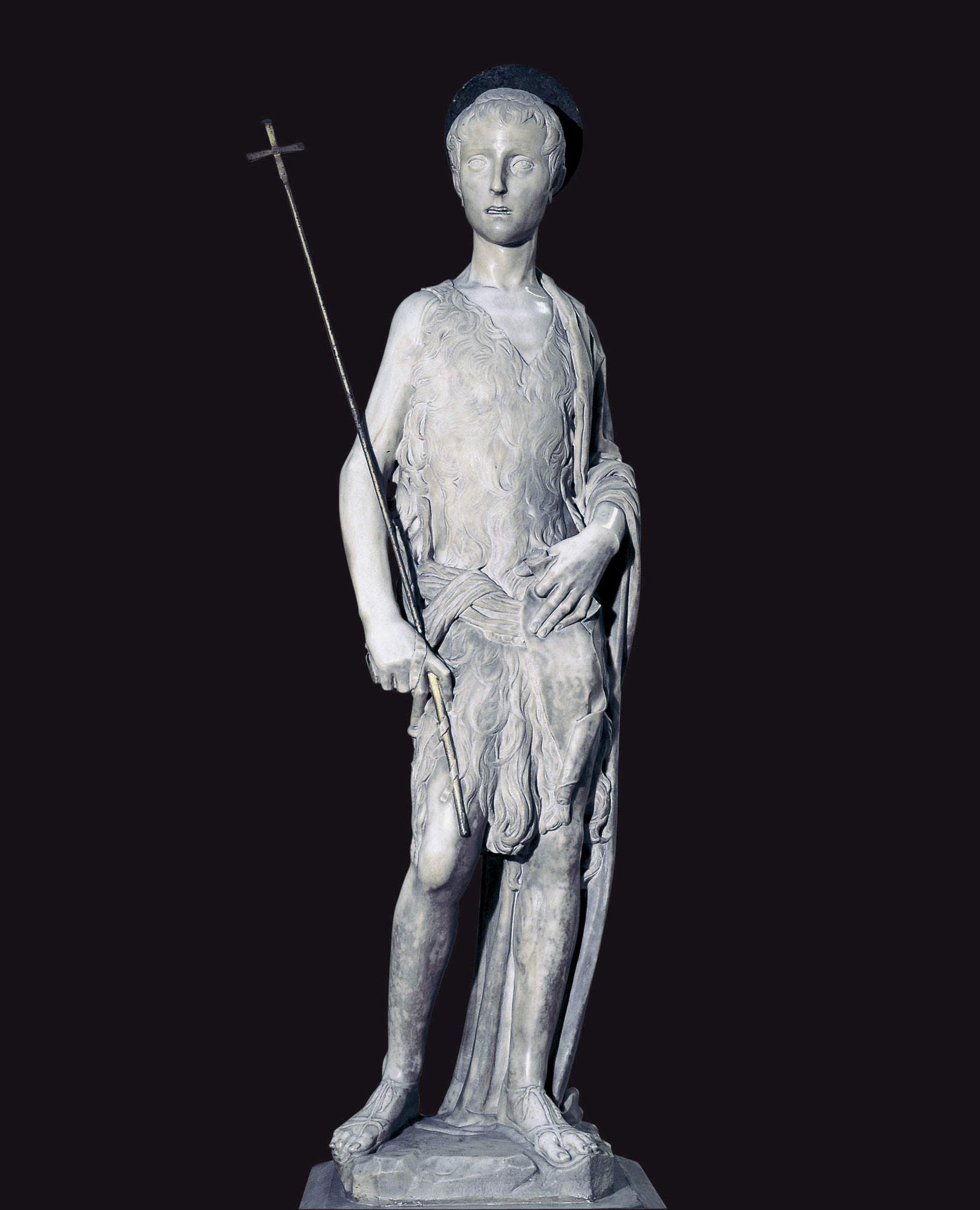
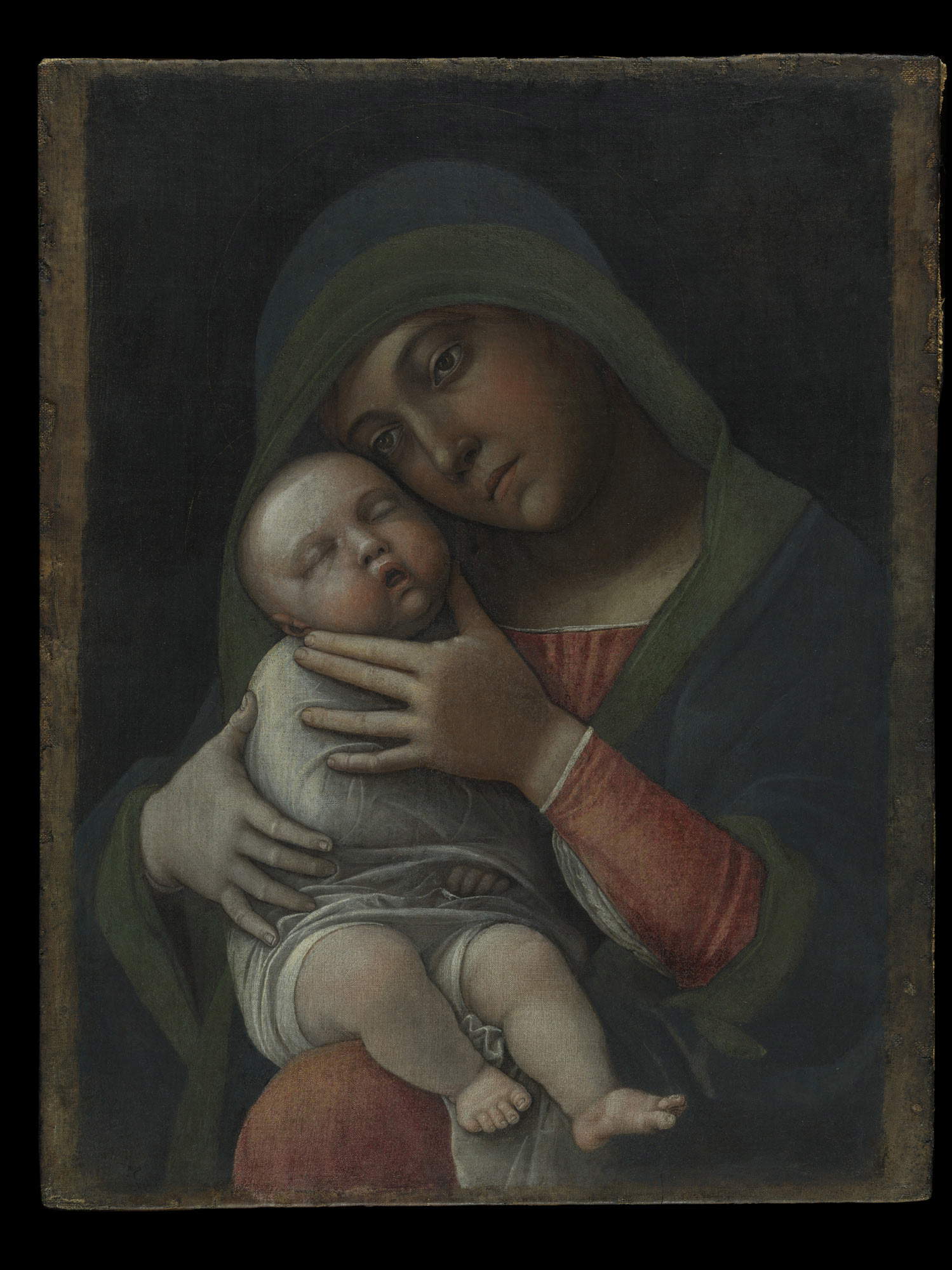
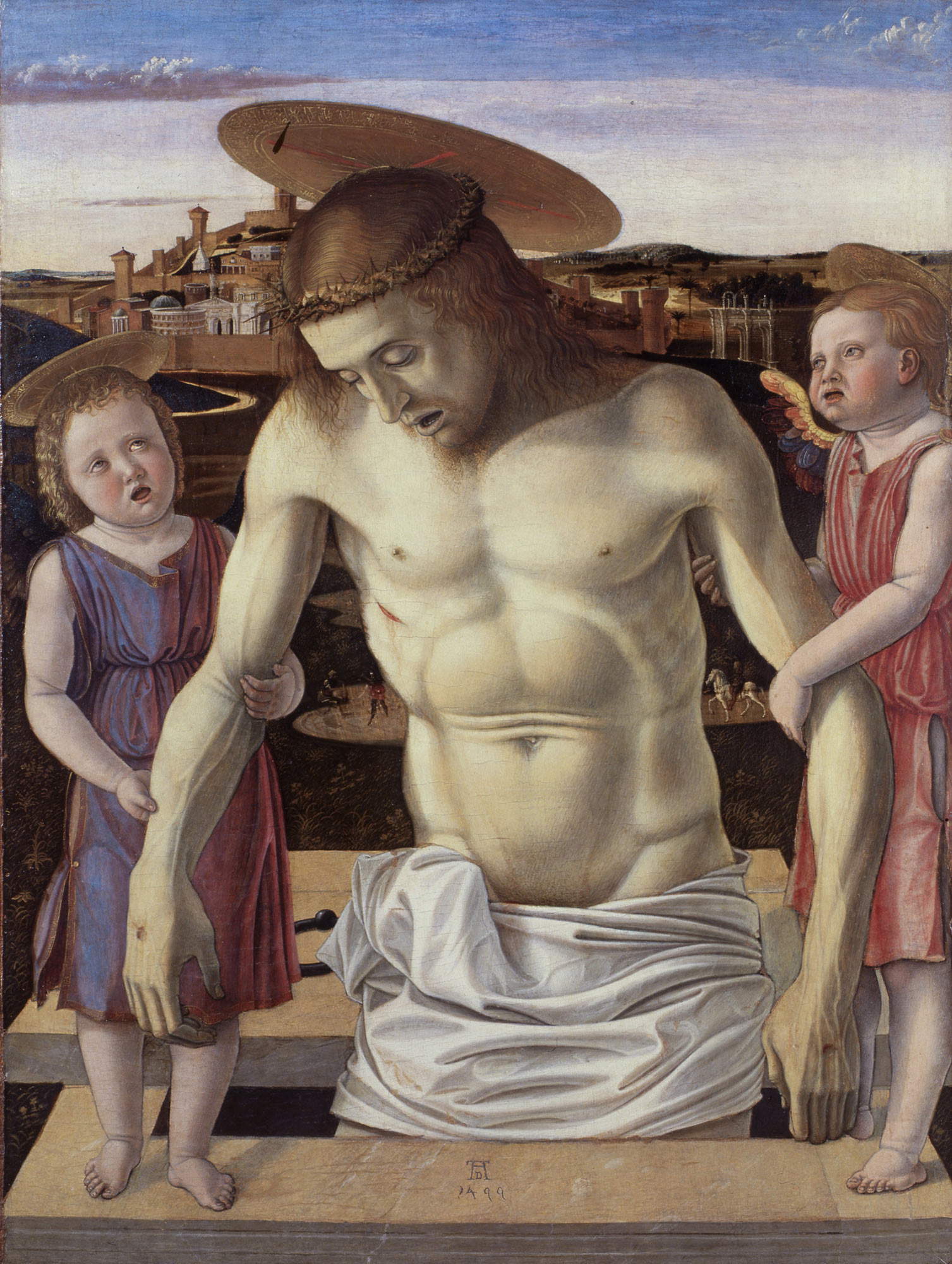
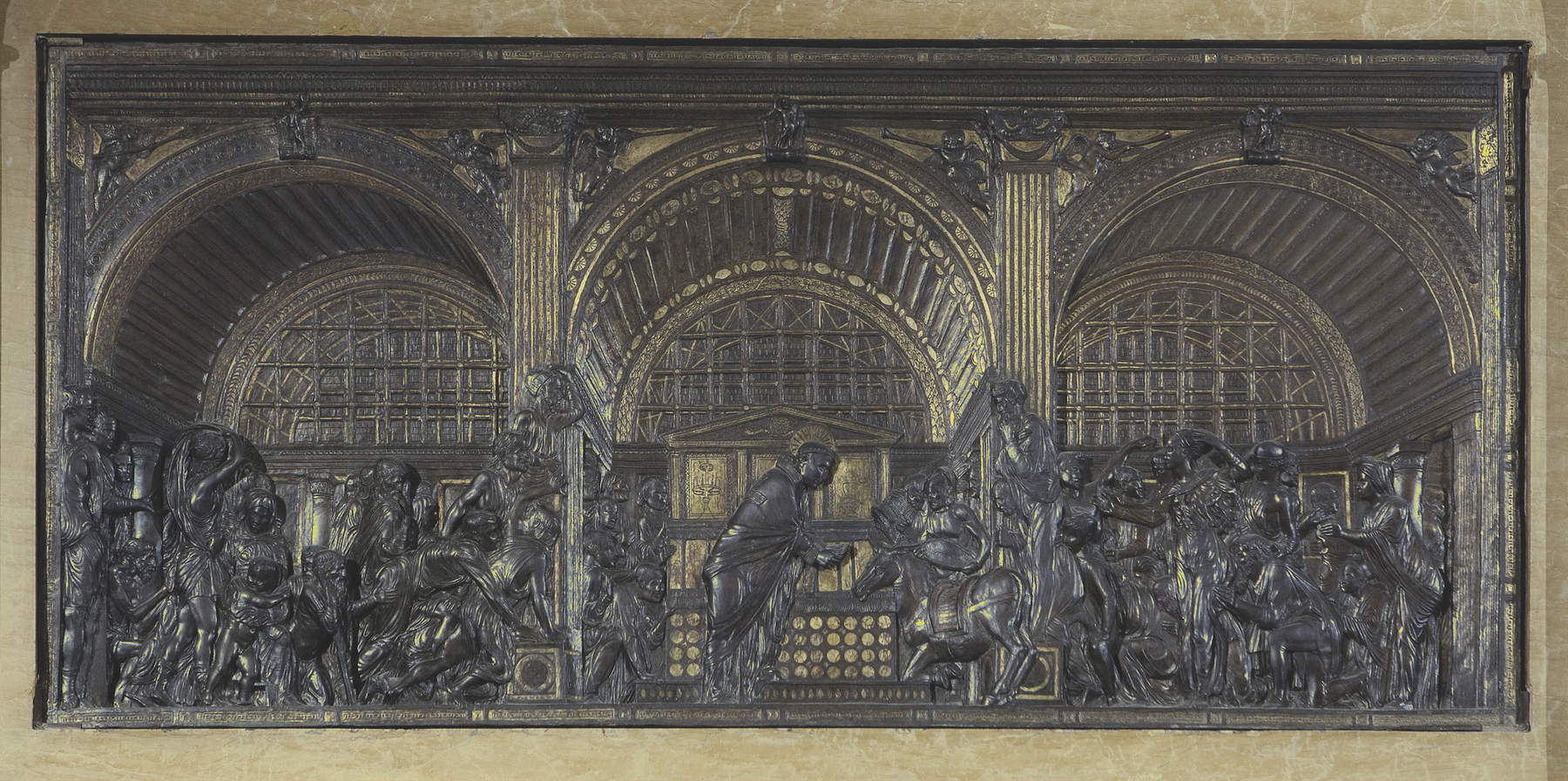
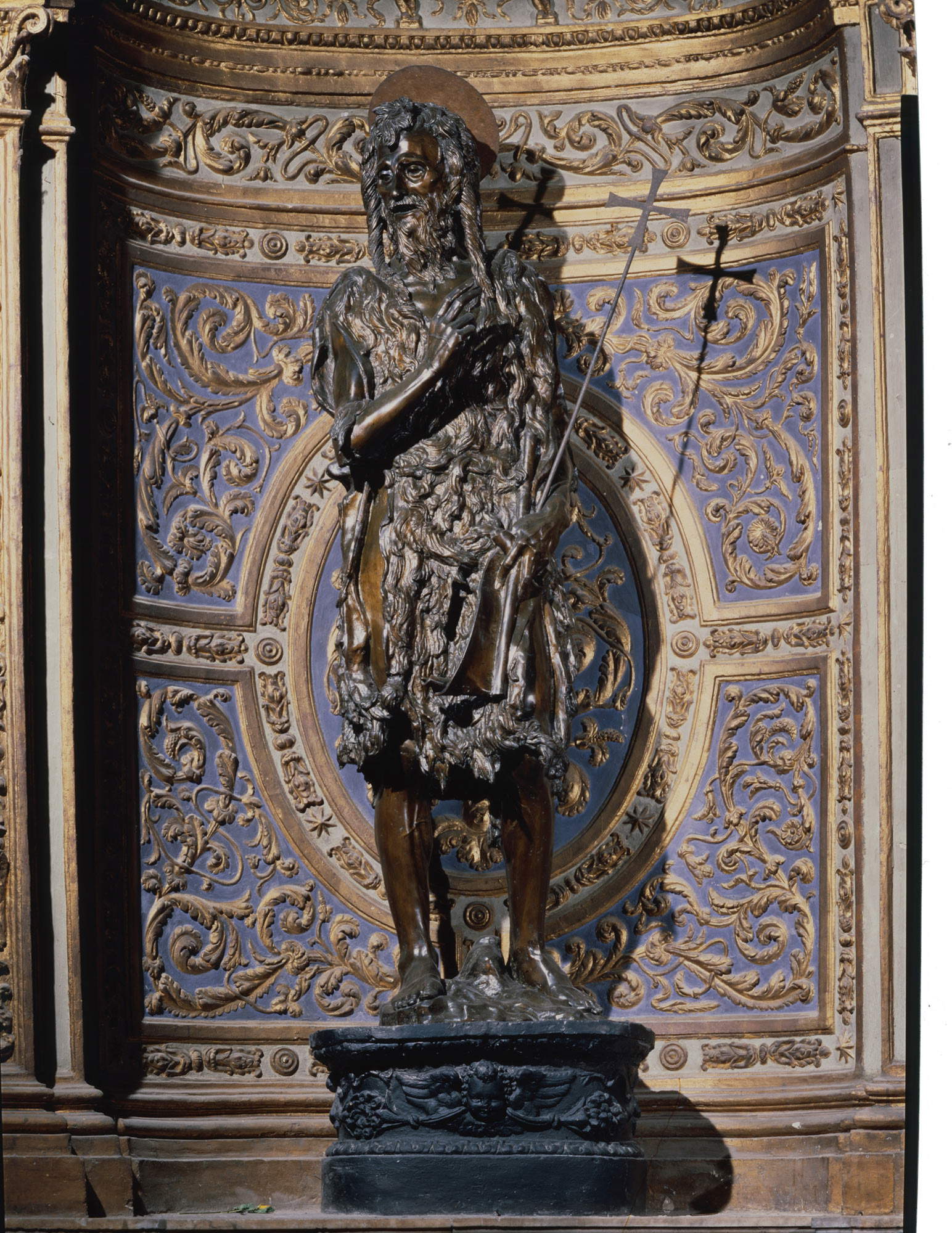
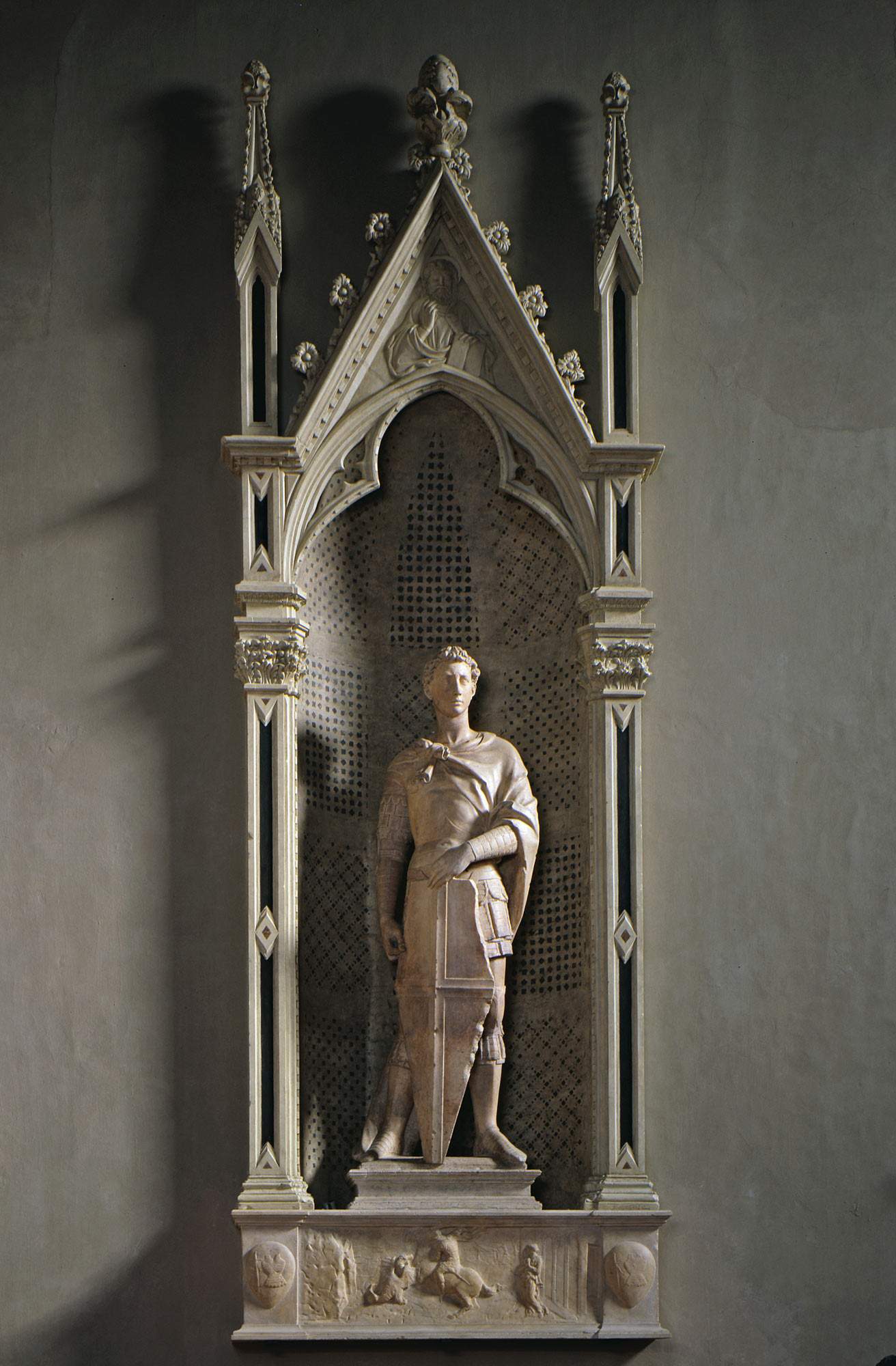
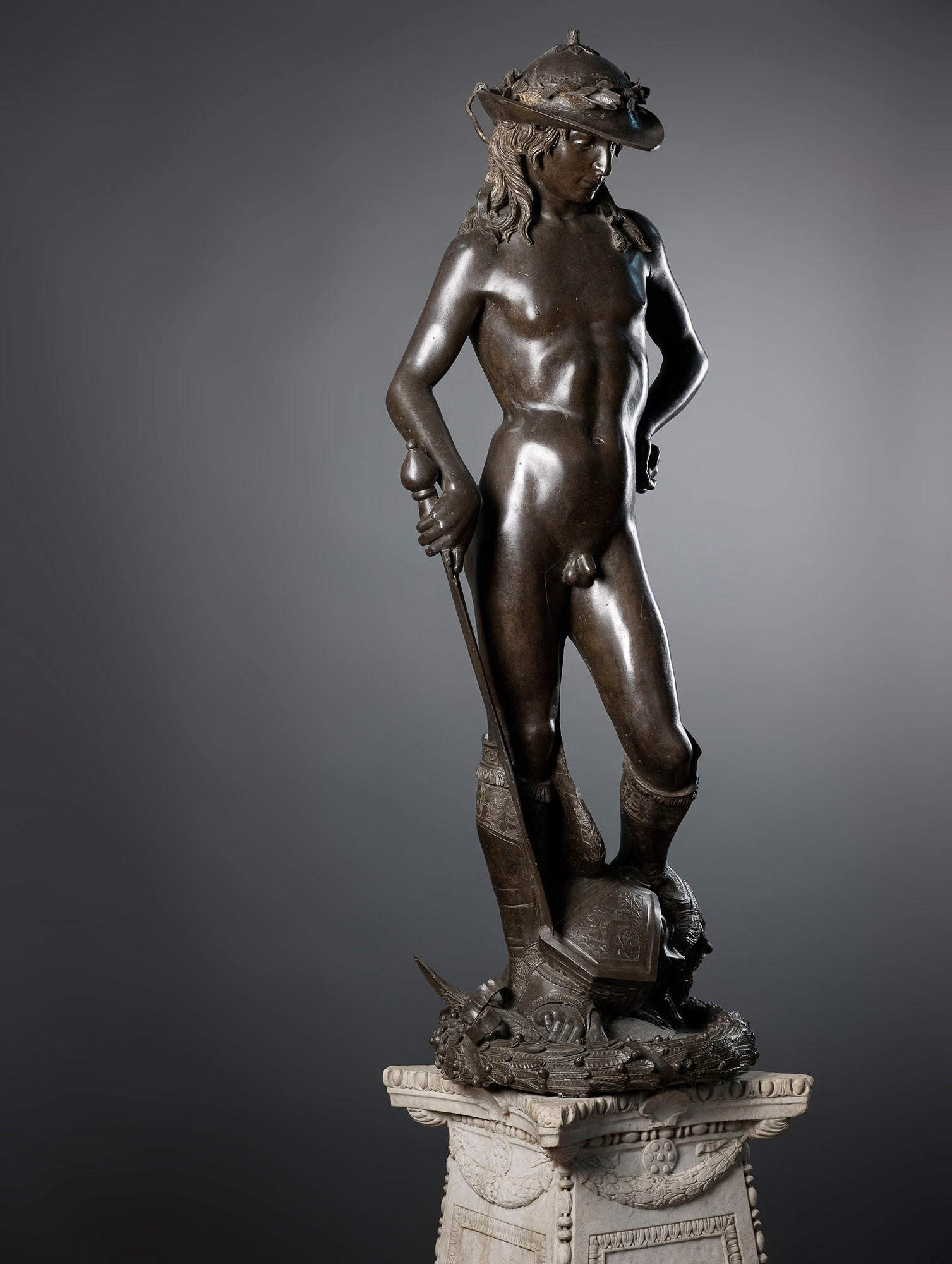
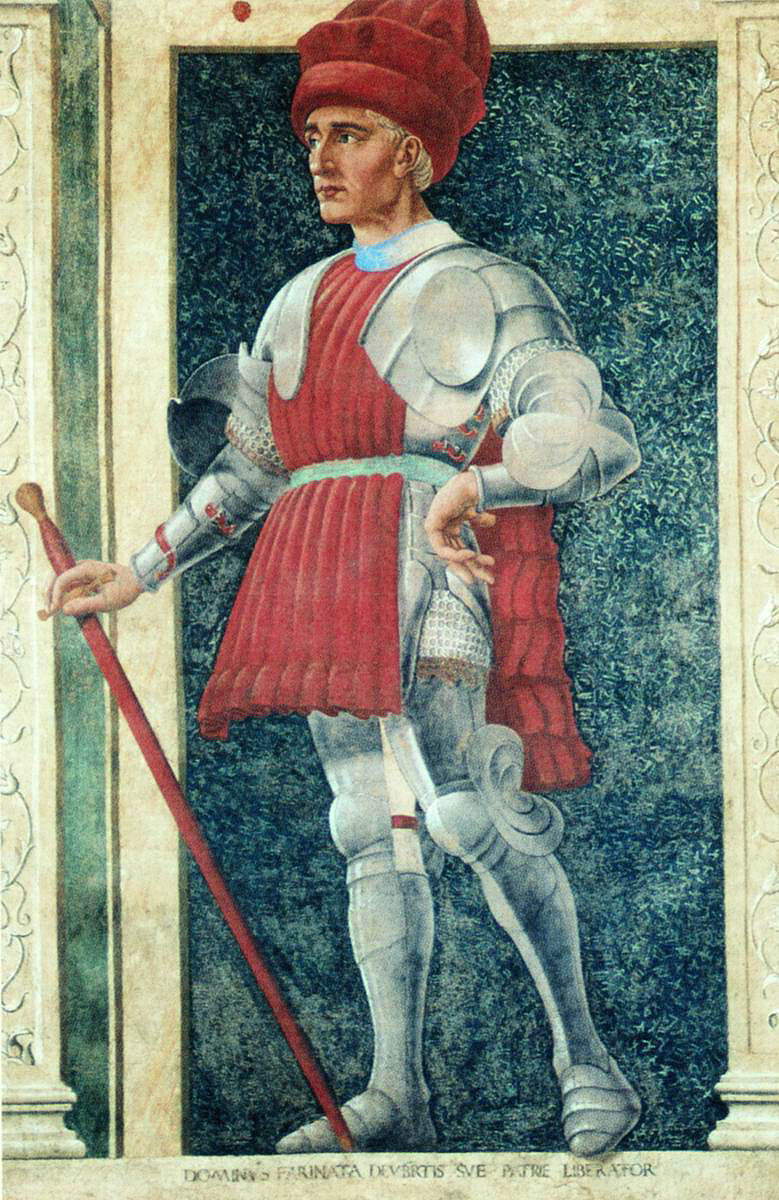
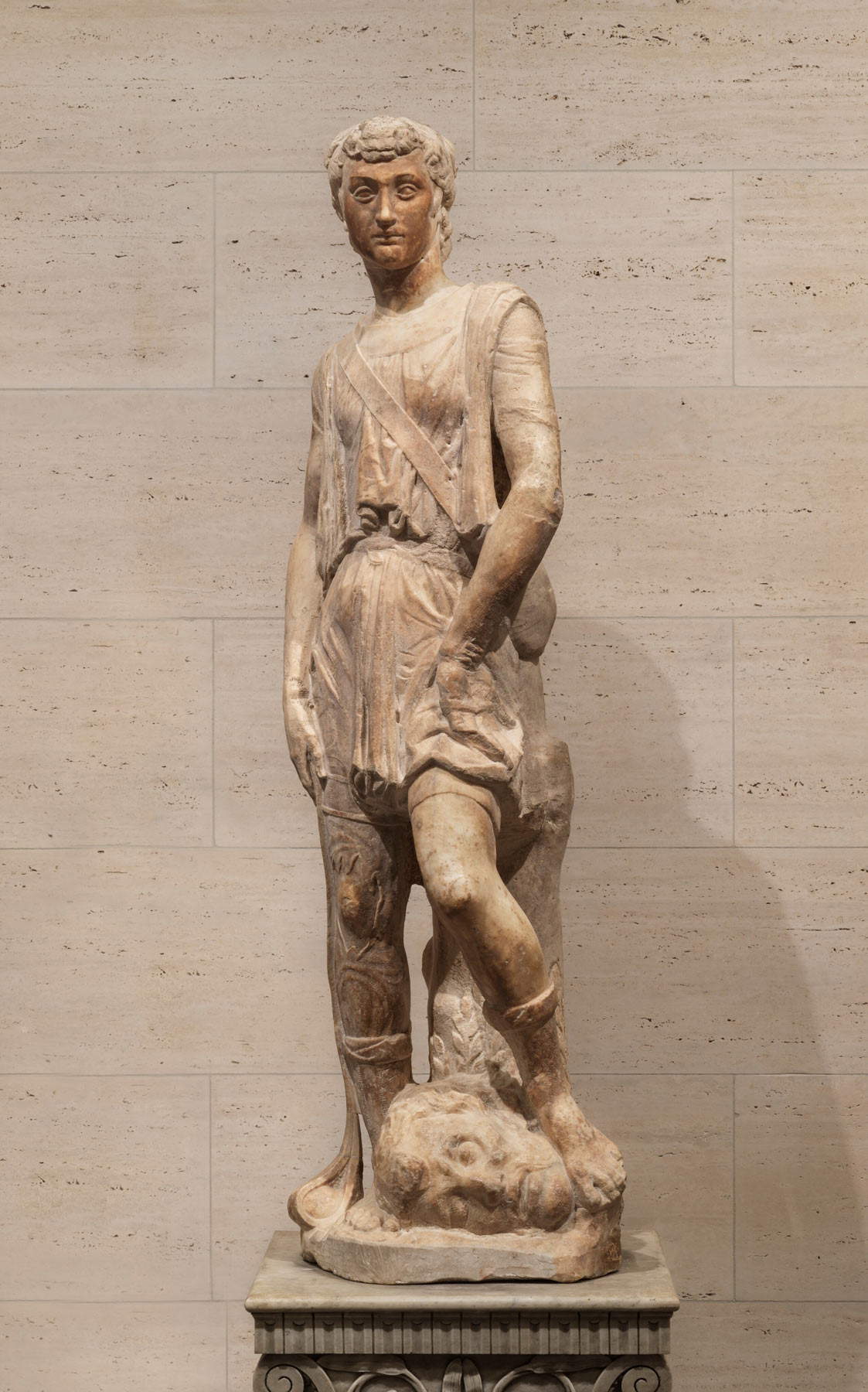
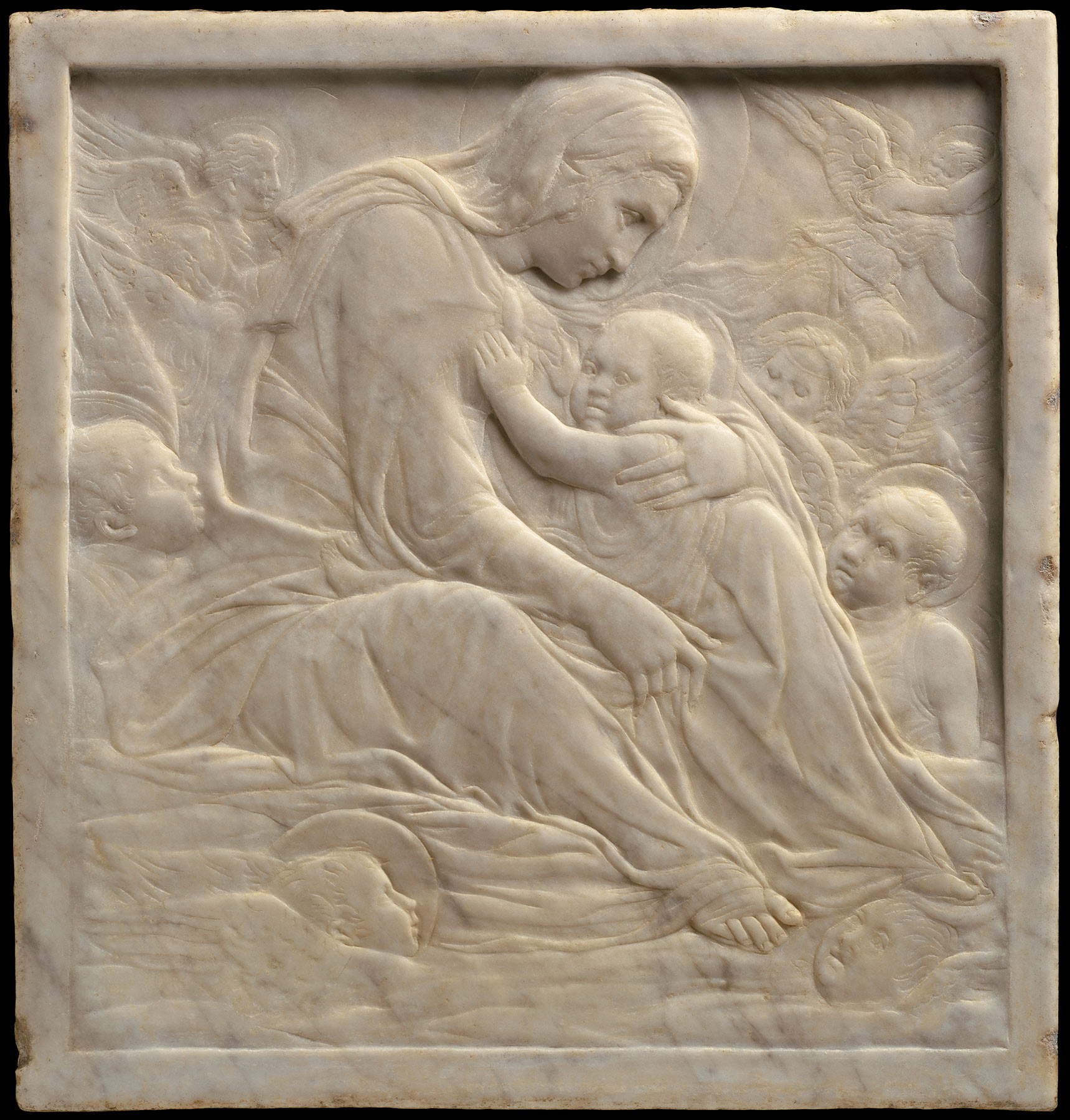
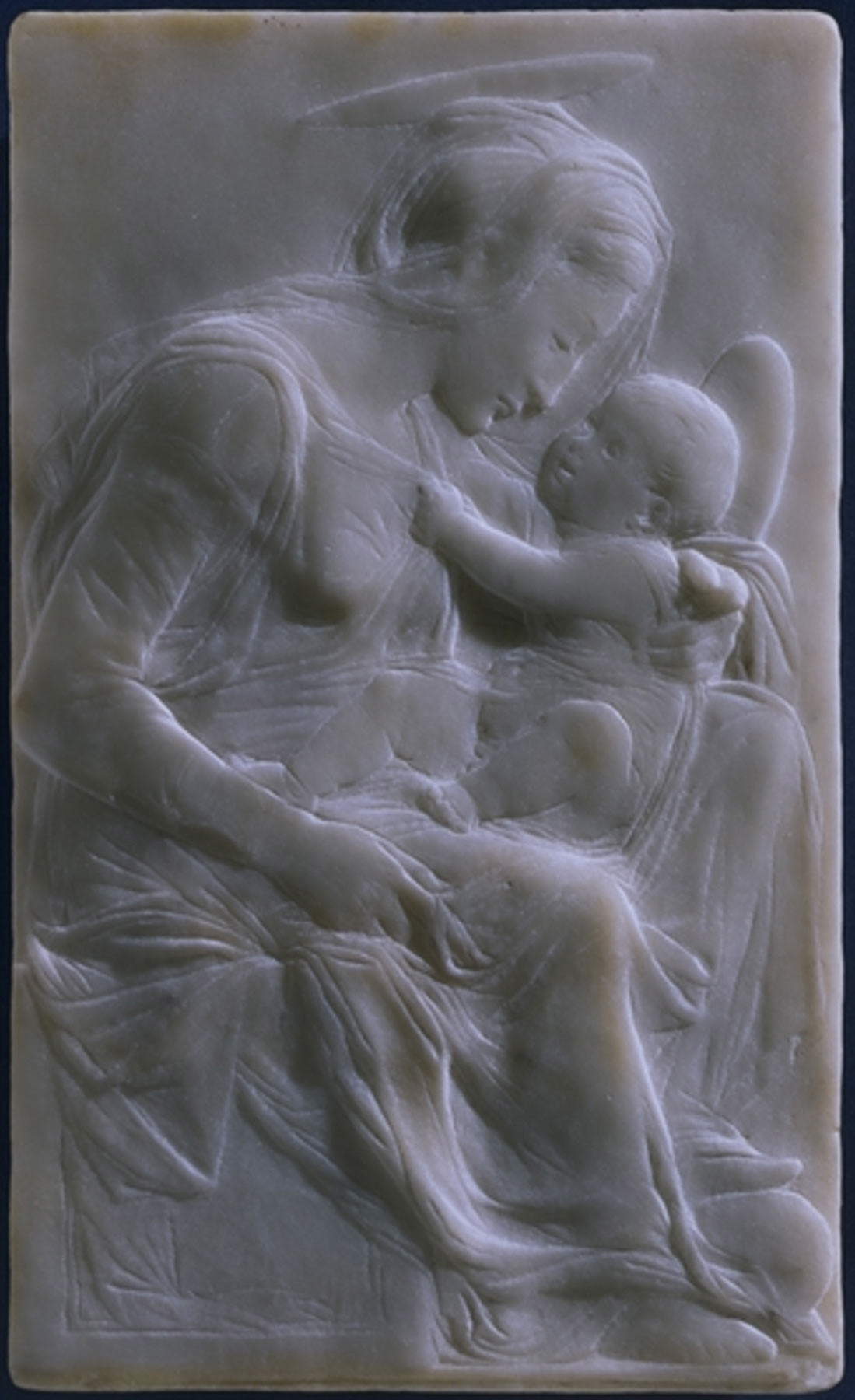
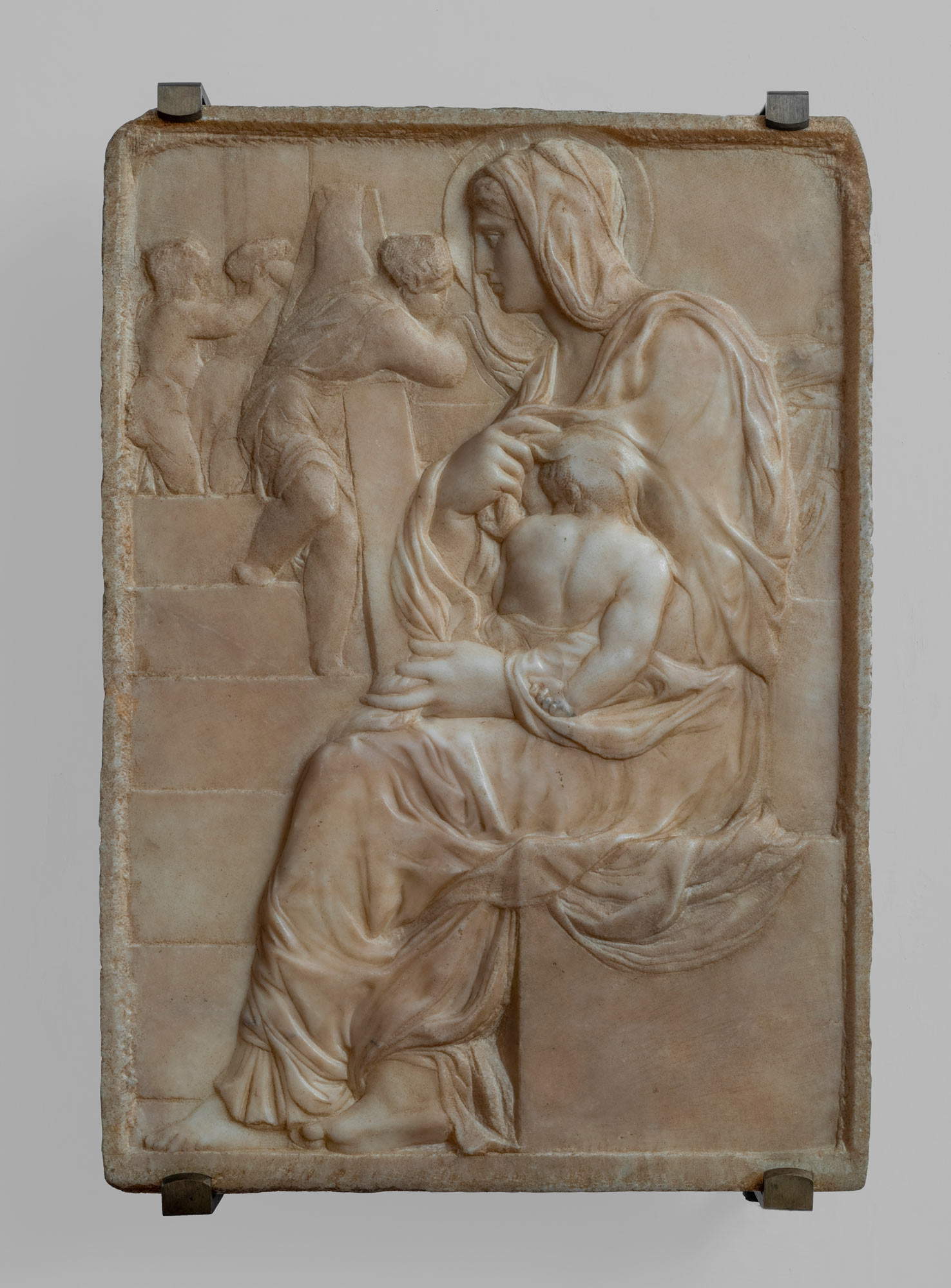
“Dedicating such an extensive monographic exhibition to Donatello is a unique challenge, for which we are truly grateful to the generosity of so many lenders,” says curator Francesco Caglioti. “The exhibitions named after him so far have mostly been done by exhibiting copies or limiting the choice of originals to a few pieces. Donatello, perhaps the most daring sculptor of all time, is an artist with a very strong monumental vocation, even when working in small formats. Rediscovering in the rooms of Palazzo Strozzi and the Bargello numerous works that still stand in the large spaces of churches and squares, or that originally stood there, invites the curators and the public to the exciting experience, shared together, of ideally relocating these masterpieces in their ancient contexts, imagining the each time shocking effects that Donatello was able to activate in his contemporaries.”
“The National Museum of the Bargello,” explains Paola D’Agostino, director of the Bargello Museums, “has always housed the most important nucleus of Donatello’s works in the world, and the setting up of the Salone di Donatello, at the close of the nineteenth century, imprinted a new museographic face on the ancient Palazzo del Podestà. The exhibition Donatello, the Renaissance, extraordinary in terms of the number of works on display in the two venues and the breadth of unpublished comparisons offered to the public will exemplify how Donatello was a guiding artist of the Renaissance. The exhibition represents a unique event, made possible thanks to the steadfast collaboration with Arturo Galansino and his staff, the incomparable curatorship of Francesco Caglioti, and the close web of relationships with the world’s most important museums that have granted exceptional loans.”
“After having brought great contemporary art to Florence,” says Arturo Galansino, director general of the Fondazione Palazzo Strozzi, "with the exhibition Donatello, the Renaissance, Palazzo Strozzi is approaching ancient art once again with an epoch-making project that aims to celebrate an artist who marked the history of art. Together with Paola D’Agostino and Francesco Caglioti, we have worked to create what might have seemed an impossible exhibition: the most complete and exhaustive review on Donatello ever realized, a unique and ambitious undertaking, born thanks to the collaboration of the most prestigious Italian cultural institutions and the most important museums around the world."
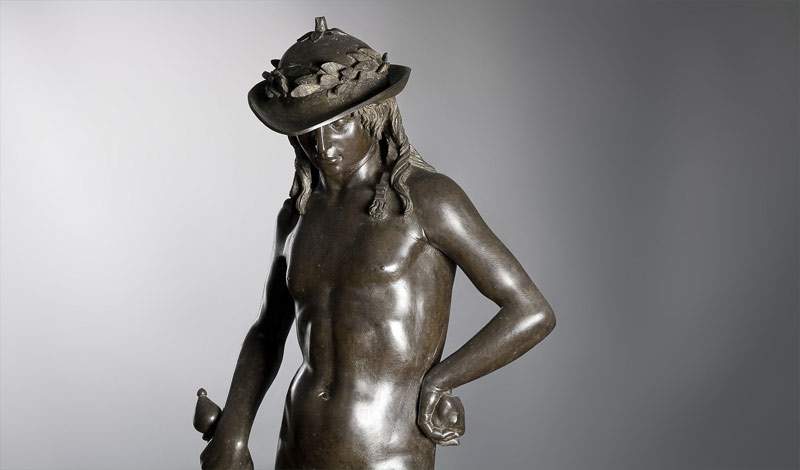 |
| Donatello, big exhibition kicks off at Palazzo Strozzi and Bargello |
Warning: the translation into English of the original Italian article was created using automatic tools. We undertake to review all articles, but we do not guarantee the total absence of inaccuracies in the translation due to the program. You can find the original by clicking on the ITA button. If you find any mistake,please contact us.




























